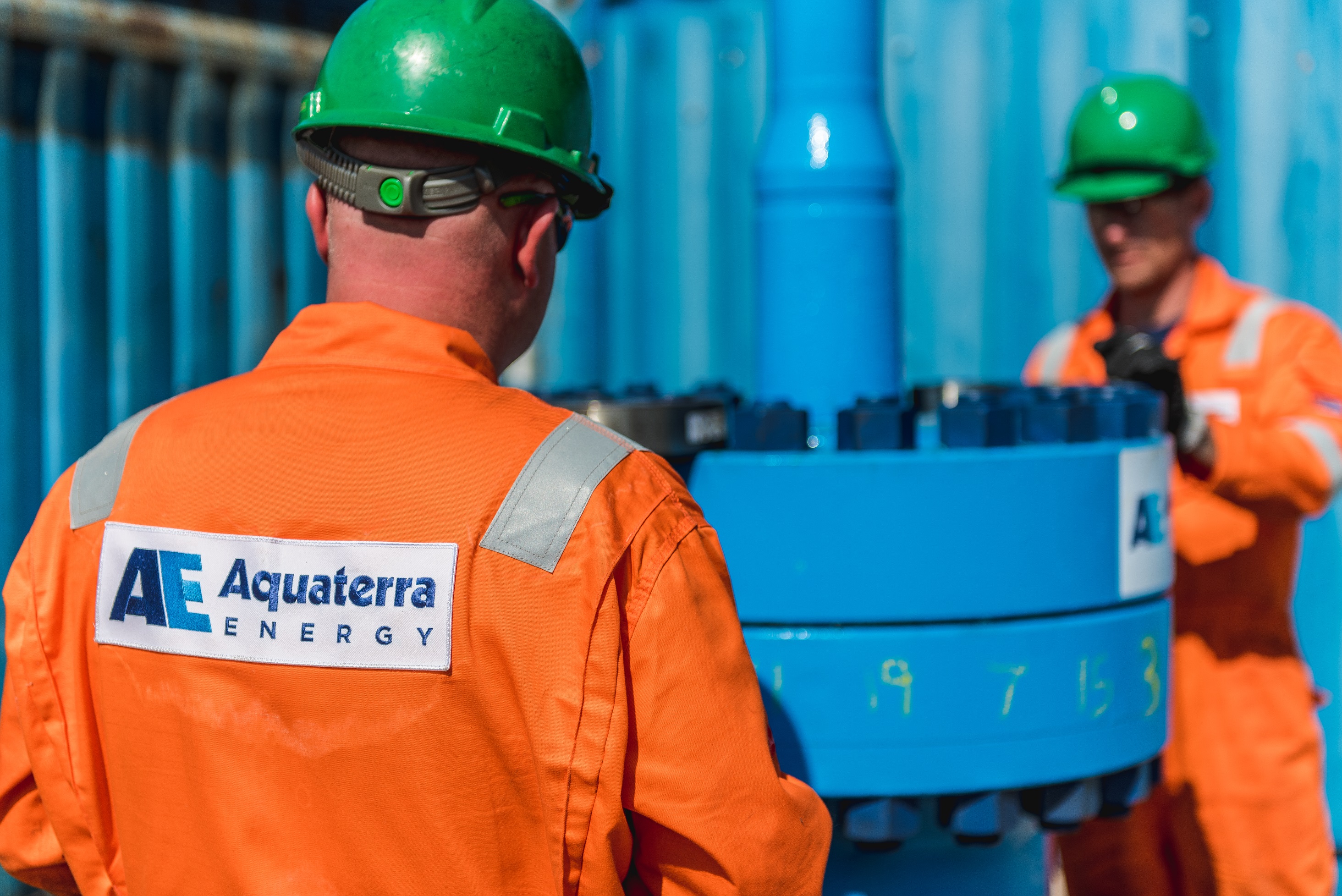Aquaterra Energy Introduces Innovative Legacy Well Re-Entry and Re-Abandonment Solution for Carbon and Hydrogen Storage Projects
Key Ideas
- Aquaterra Energy launches a new legacy well re-entry and re-abandonment service, including the patent-pending Recoverable Abandonment Frame (RAF) to address challenges in repurposing offshore oil and gas reservoirs for carbon dioxide (CO2) or hydrogen storage.
- The technology overcomes significant economic and technical challenges, providing advanced seabed and subsurface surveying technologies to precisely locate and re-abandon legacy wells, potentially saving operators £18-20 million per abandoned well and reducing project timelines by up to 50%.
- The innovative solution not only lowers costs and improves efficiency but also ensures the viability of carbon and hydrogen storage projects, making them more cost-effective and achievable for operators globally.
- Aquaterra Energy's legacy well re-entry services and RAF technology have garnered positive feedback from industry experts, with plans to deploy the solution in regions like the North Sea and APAC to support carbon capture and hydrogen storage initiatives.
Aquaterra Energy has announced the launch of its legacy well re-entry and re-abandonment services, introducing the patent-pending Recoverable Abandonment Frame (RAF) to tackle challenges in repurposing offshore oil and gas reservoirs for carbon dioxide (CO2) or hydrogen storage. The solution aims to address the economic and technical obstacles of re-abandoning problematic legacy wells that pose a leak risk beneath the seabed, which could potentially hinder carbon capture and hydrogen storage projects using existing oil and gas or saline aquifer formations. By utilizing advanced seabed and subsurface surveying technologies, well imaging, and tagging, Aquaterra Energy's innovative approach allows for the precise location and re-abandonment of legacy wells, significantly reducing costs and project timelines. The technology is designed for repeated use across multiple wells and locations, providing flexibility for different seabed conditions and enabling efficient abandonment or re-abandonment of wells that were previously challenging or costly to address. This advancement not only enhances project efficiency and cost-effectiveness but also ensures the viability of carbon and hydrogen storage projects, making them more accessible to operators worldwide. Aquaterra Energy's commitment to driving the energy transition forward through innovative solutions has received positive feedback from industry experts, with plans to deploy the legacy well re-entry services and RAF technology in regions like the North Sea and APAC to support carbon capture and hydrogen storage initiatives.
Topics
Projects
Energy Transition
CCS Projects
Cost-saving
Offshore Expertise
Abandonment Technology
Project Efficiency
Latest News
